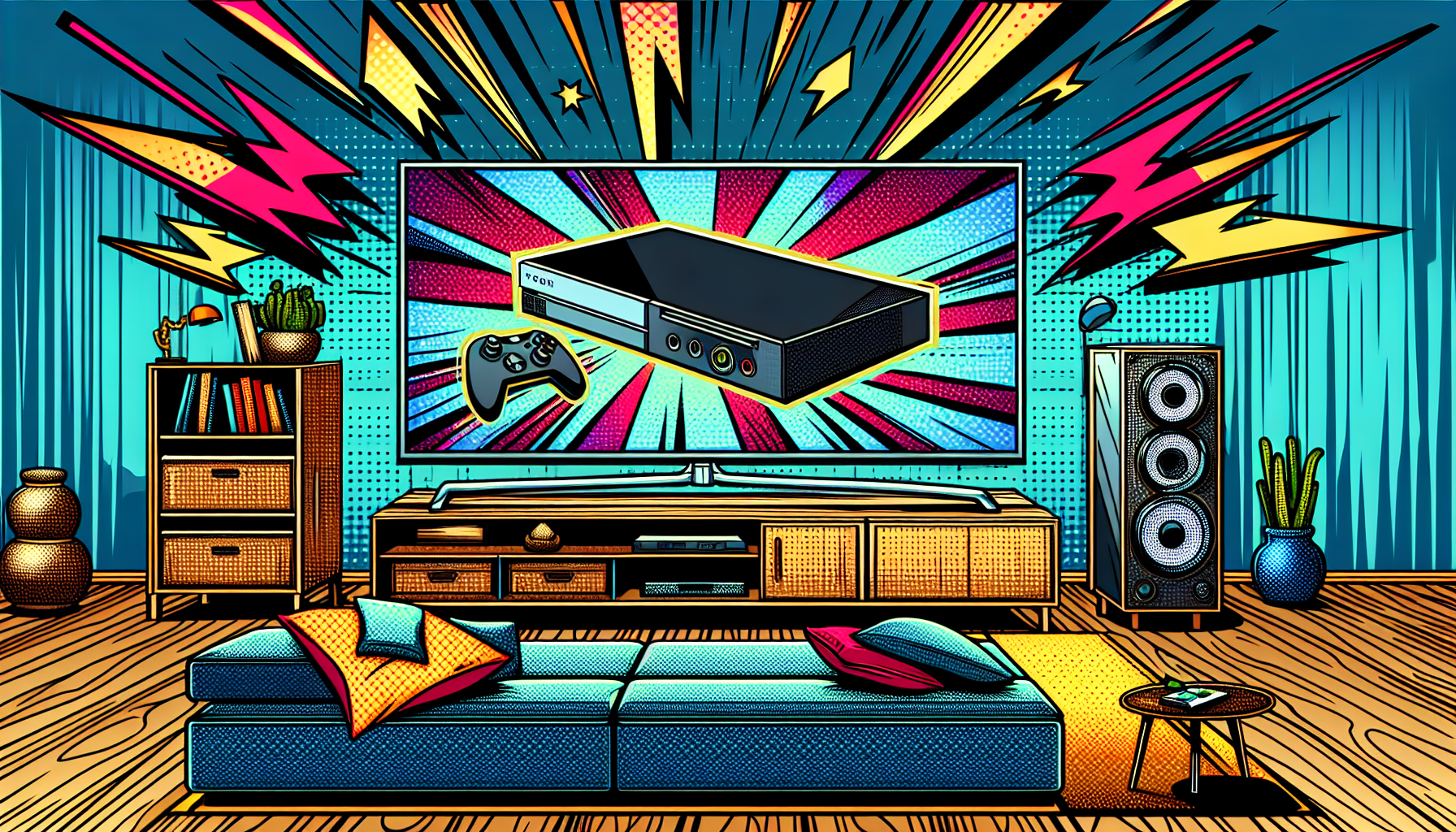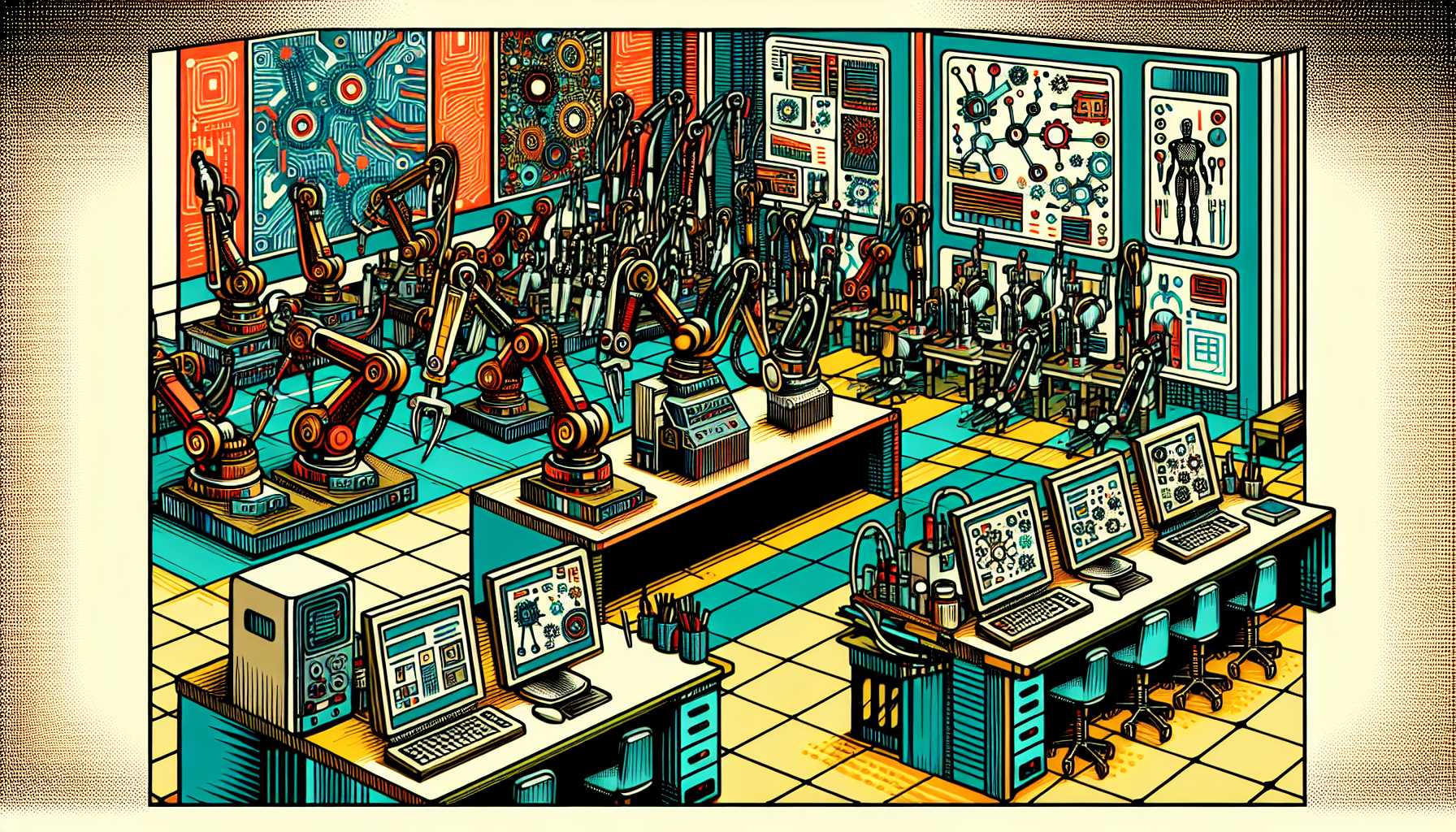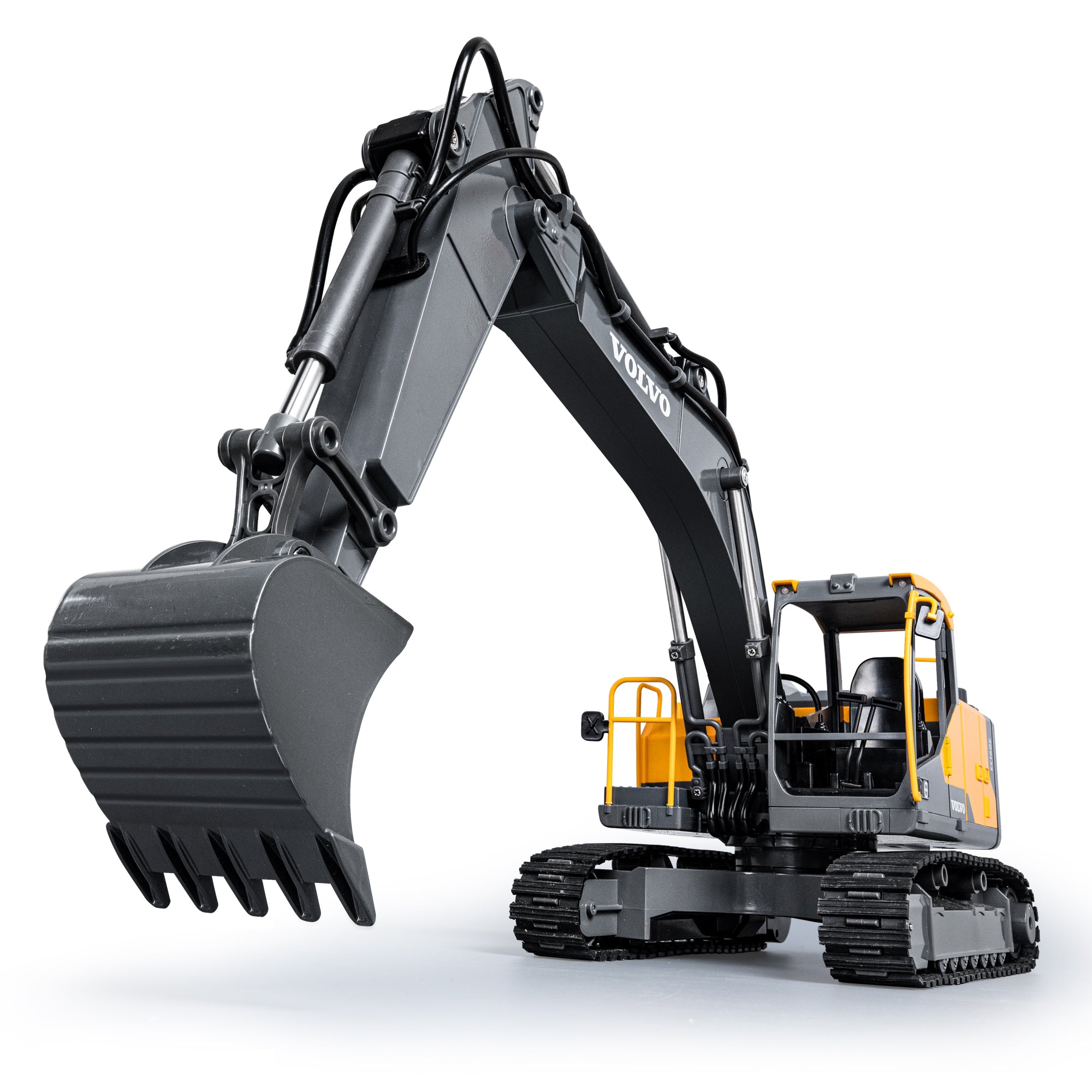Few names send ripples through the gaming world quite like Valve, and their latest whispers—Fremont—are no exception. The original Steam Machines were a bold attempt to redefine PC gaming, melding the openness of a computer with the simplicity of a console. What started with fanfare over a decade ago, however, fizzled out, leaving fans and critics alike wondering what could have been. Now, with the potential reawakening of Valve’s ambitions, is Fremont poised to achieve what Steam Machines could not?
The Curious Case of Steam Machines
Steam Machines were introduced as sleek, pre-built gaming PCs designed to run SteamOS, a Linux-based operating system by Valve. Conceptually, they promised to marry the customizability of PC gaming with the user-friendliness of consoles—an idea that felt ahead of its time. But like many ambitious ventures, it stumbled under the weight of real-world execution. A fragmented marketplace and limited Linux gaming support led to their commercial demise. Many gamers, myself included, were left scratching our heads, puzzled by performance limitations and incompatibilities as Windows continued its dominance.
Valve’s partnership with various hardware manufacturers resulted in a hodgepodge of devices that varied wildly in performance and pricing, diluting the focus and appeal of the initiative. I fondly recall conversations with early adopters who recounted their struggles as they navigated through a sea of system requirements and compatibility headaches. The excitement and hope that soon bubbled on the surface swiftly turned to frustration when reality set in. Meanwhile, Linux’s gaming library, although expanding, was far from rivaling its Windows counterpart, challenging Steam Machines to find any mainstream adoption. Despite this setback, Valve’s dedication to Linux gaming continued, laying the groundwork that might now pay off in ways we never expected.
What We Know About Fremont
Recent leaks hint at Fremont taking shape, shedding light on Valve’s renewed hardware venture. Code updates for the Steam Deck’s kernel reference a mysterious new device, giving us a glimpse at its underpinnings. Fremont seems to be diverging from its handheld predecessor, focusing instead on a setup more akin to a traditional console or set-top box, potentially encompassing direct HDMI connections to a GPU.
A cornerstone of Fremont could be a robust implementation of SteamOS, drawing upon the stability and community goodwill surrounding the Steam Deck. This shift from handheld to home device suggests a possible intent to capitalize on gamers’ desire for a seamless Linux-based gaming environment without desktop-level tinkering. Reflecting back, I can’t help but remember the buzz surrounding the Steam Deck. We all held our breaths, waiting to see if it could usher in a new era of gaming possibilities. That anticipation had a kind of electric charge; it was a shared experience we all felt.
Hope and Hesitation
The gaming community’s response to these developments has been a mixed bag. Enthusiasts are buzzing with theories and excitement about SteamOS’s potential to expand alongside Fremont’s user experience. As one community member on a popular forum shared, “This could be the moment Linux gaming finally steps into the limelight.” That sentiment echoes the joyous anticipation of old console launches, which I still remember fondly, the energy of fans lining up outside game stores in eager fellowship.
But there’s a fair share of skepticism. “We’ve been here before with Valve, great ideas but shaky execution,” quips another avid gamer. This skepticism often springs from Valve’s somewhat hit-and-miss track record. They’ve been a seminal force in software; however, their hardware ventures have not always soared. With Fremont, there are high hopes for consistency and commitment, especially if Valve can harness the strides made with the Steam Deck and translate them into a home setup that could stand shoulder to shoulder with the likes of PlayStation and Xbox.
Reimagining Gaming Hardware’s Future
The implications of Fremont extend beyond just another gaming device; they signal possible shifts in the gaming hardware landscape, particularly regarding Linux support. If executed well, integrating SteamOS could attract broader developer engagement, optimizing titles for a Linux-first framework. This would be a strategic boon for Valve and the entire gaming industry, potentially loosening Windows’s iron grip. Picture it—what if we could embrace a future where opinions about Linux gaming switch from skepticism to excitement, including possibilities for dual booting and seamless platform switching?
Another intriguing facet is the rumored development of a new Steam Controller, aiming to enhance gameplay on the potential console. Improved design and functionality could blur the lines between traditional PC inputs and console controllers. I still vividly remember the original Steam Controller’s mixed reception—anticipation bubbled over, but the experience didn’t quite match the expectations set sky-high. Could this new controller reclaim that lost ground and give us something truly innovative?
Revival or Repetition?
As we teeter on the precipice of yet another new chapter in Valve’s hardware history, one can’t help but wonder: Is this the revival we’ve been waiting for? The ghosts of Steam Machines past linger in the shadows, yet the potential for Fremont to revolutionize Linux gaming—and gaming hardware more broadly—seems promising. The stakes are high, and the community anxiously watches from the sidelines, waiting to see how this all plays out.
What are your thoughts on Fremont? Could it truly succeed where its predecessor stumbled? Whether you’re a retro gaming aficionado like myself or someone who simply revels in the thrill of new tech developments, I invite you to share your insights in the comments. Your perspective could help shape the narrative of what could be the next big leap in gaming.










